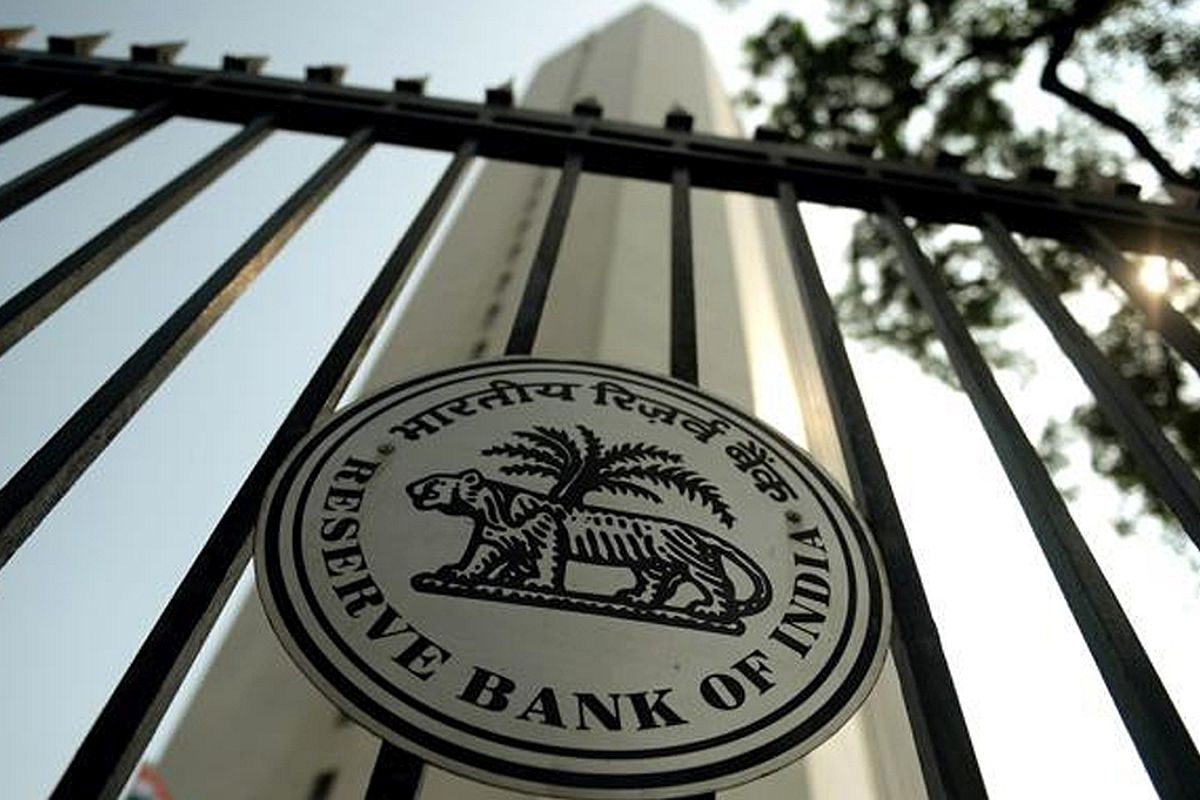Keeping the funding requirements of NBFCs, MFIs and housing finance into consideration, the Reserve Bank of India on Thursday announced an additional special liquidity facility (ASLF) of Rs 10,000 crore equally split between National Housing Bank (NHB) and the National Bank for Agriculture and Rural Development (NABARD).
The liquidity facility to both the NABARD and the NHB will be offered at the policy repo rate, RBI Governor Shaktikanta Das said as he presented the key decisions of 24th Monetary Policy Committee.
Advertisement
This will allow the institutions to provide onward support to housing finance companies and small non-bank finance companies at competitive rates.
As per the RBI decision, under the special liquidity facility both NHB and NABARD would be provided Rs 5,000 crore capital each that will be used to refinance the identified sector.
Das said that Rs 5,000 crore to the NHB would be used to to “shield the housing sector from liquidity disruptions and augment the flow of finance to the sector through housing finance companies (HFCs)”. Similarly, Rs 5,000 crore will be given to Nabard to “ameliorate the stress being faced by smaller non-bank finance companies (NBFCs) and micro-finance institutions in obtaining access to liquidity”.
The All India Financial Institutions (AIFIs) play an important role in meeting the long-term funding requirements of agriculture and the rural sector, small industries, housing finance companies, NBFCs and MFIs. These are the segments where funding needs are felt the most during the current Covid-19 fuelled crisis.
The RBI has also announced to harmonise the present differential system of capital allocation dictating banks’ investments in debt mutual funds and debt exchange traded funds, which will result in substantial capital savings for banks and give a boost to the corporate bond market.
On the priority sector lending front, guidelines have been reviewed to give an incentive for banks to address the regional disparities in the flow of priority sector credit, Das said.











